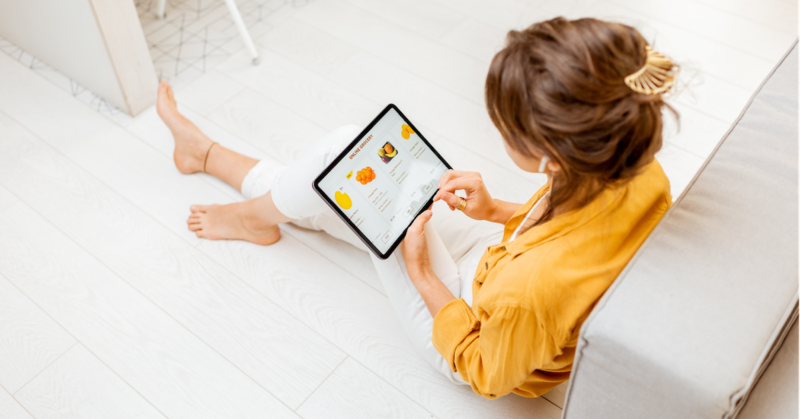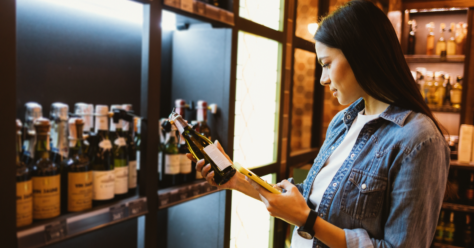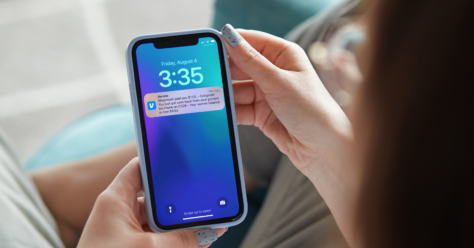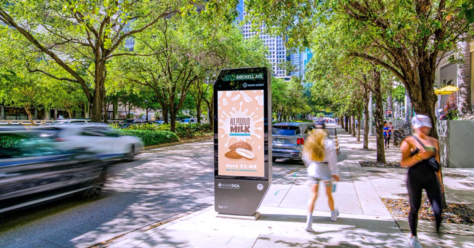While CPG and Retail brands are busy trying to adjust their marketing strategies for the present-day challenges Coronavirus presents, many have already begun looking towards the future. Namely, what does life post-pandemic look like?
2020 was already going to be a big year for marketers before COVID-19 even hit. Brands were busy ramping up for the 2020 Summer Olympics, and it’s an election year to boot. In fact, Quotient founder and chief executive officer, Steven Boal, estimates that Olympic sponsoring brands can spend 40% to 50% of their annual marketing budget on that one event alone.
The concern isn’t just around 2020, either. The effects of coronavirus are likely to stretch into future years as well, altering the way that consumers, CPGs, and Retailers alike think about the grocery buying experience.
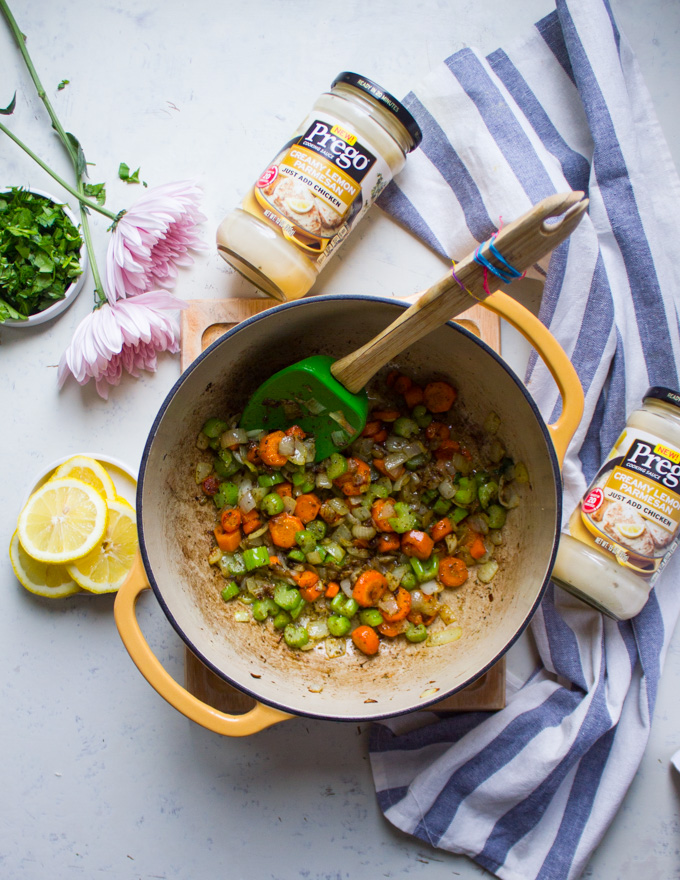
Many CPGs were already working on their 2021 plans when COVID-19 first appeared in the U.S.; those plans have now been thrown into uncertainty. There’s no timeline for when social distancing will come to an end, and we don’t have a precedent to judge how consumer shopping behavior will change after a pandemic of this scale.
Now, brands are having to quickly readjust to move those marketing dollars elsewhere. This is no small task during a presidential election year when TV advertising prices are expected to be higher than usual. Boal points to the increase in social marketing as one possible solution for brands. “We’re seeing influencer marketing. People are cooking more, so there’s more engagement with recipes. Influencers with cooking followings are very busy right now.”
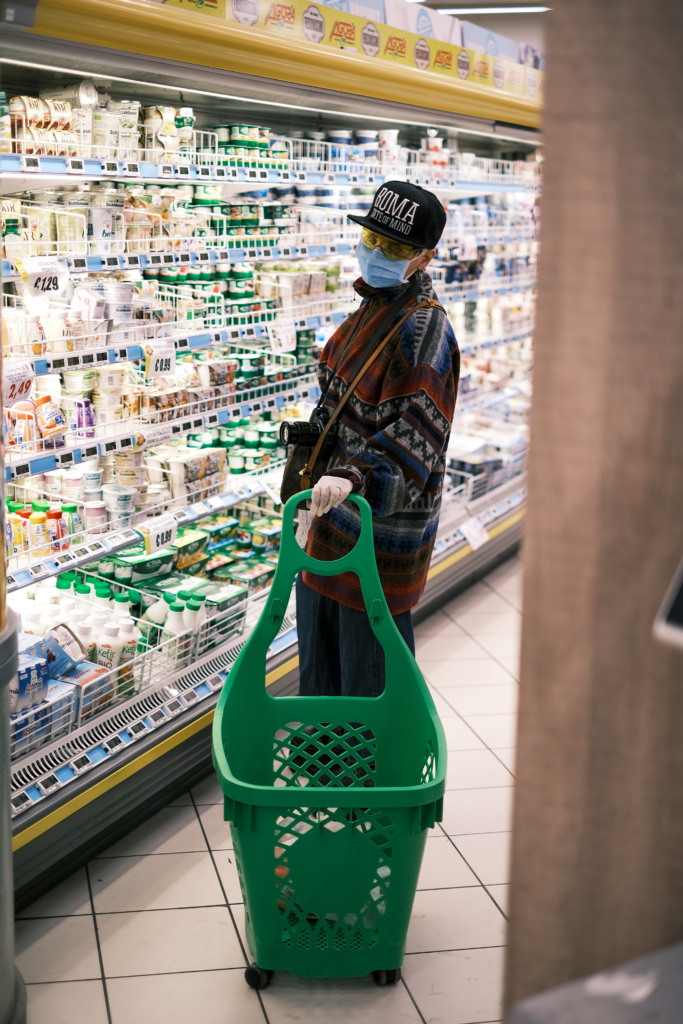
According to Boal, we won’t necessarily return to the way things were before. “The prevailing view now is that there won’t be a return to full normal,” he says. “E-commerce grocery, which was growing, has a new baseline. This is the black swan event e-commerce grocery needed.”
E-commerce has emerged as a viable solution for shoppers who are concerned about the safety of doing their grocery shopping in-store. Record numbers have turned to the technology, including many first-time adopters. Now that those barriers to entry have been overcome, industry experts predict that at least some of the trends we’re seeing now will continue beyond the pandemic. According to Boal, retailers like Walmart, Ahold Delhaize, and Albertsons Cos.—who were already invested in e-commerce before coronavirus ever hit—are well-positioned to take advantage of the trend. He predicts click-and-collect services will be even more popular than direct delivery following the crisis—singling out Dollar General as one likely winner in that space because of its high volume of stores (16,368 and counting).
To learn more about the additional measures that brands are taking to address coronavirus in the moment, as well as future trends for the industry as a whole, check out this post from Path to Purchase IQ.
